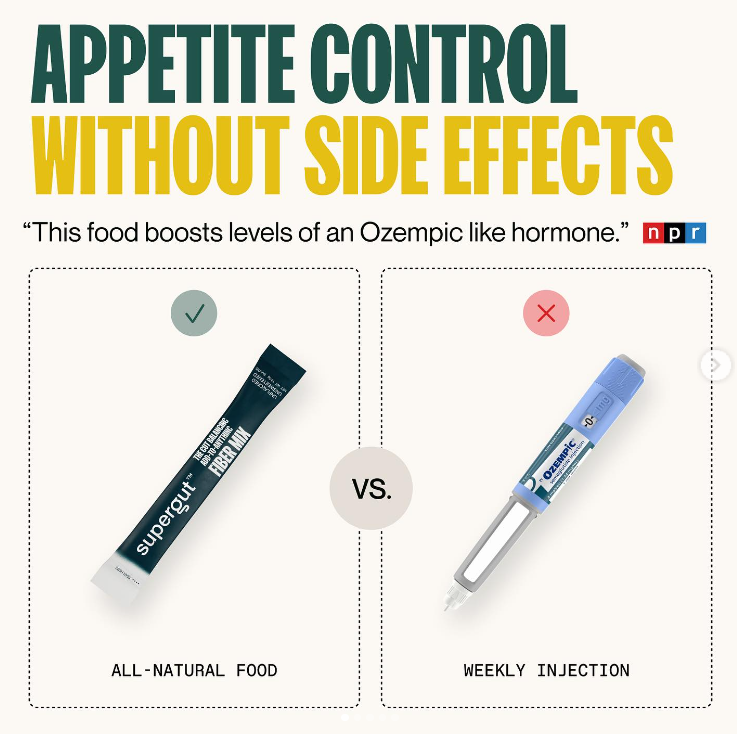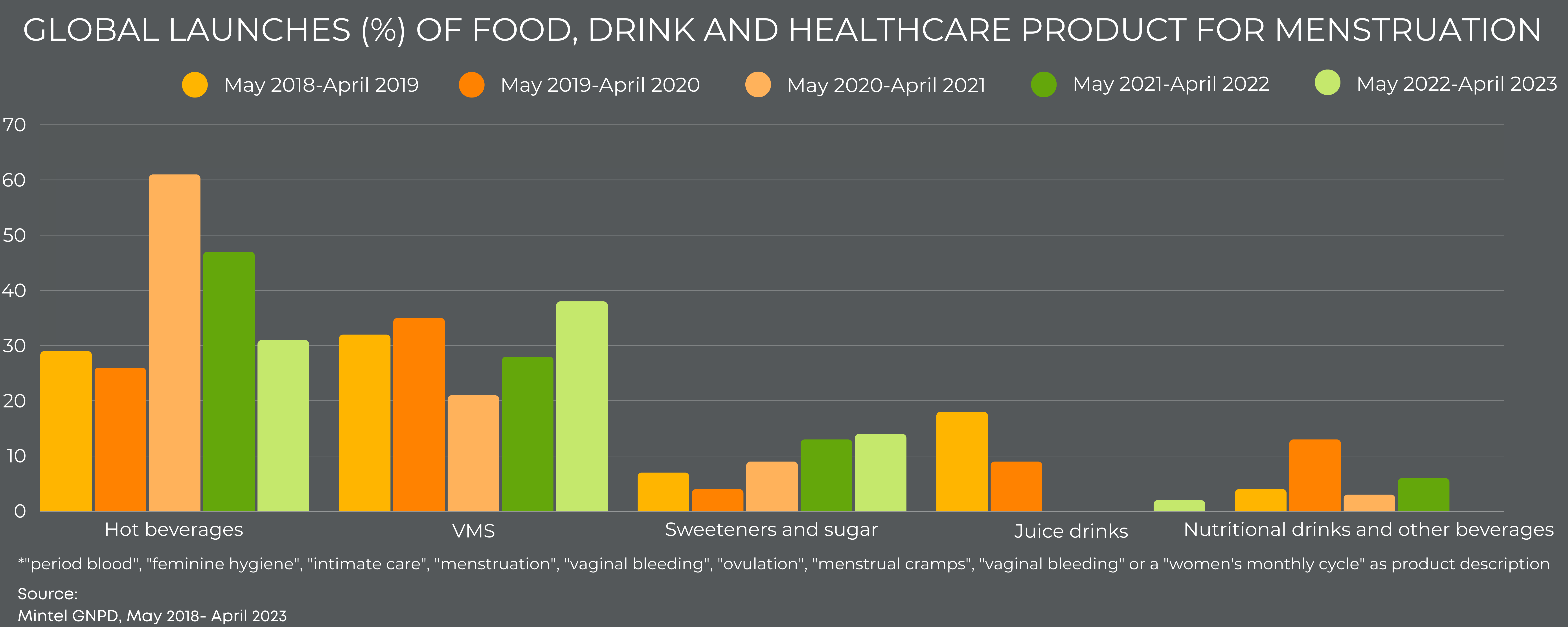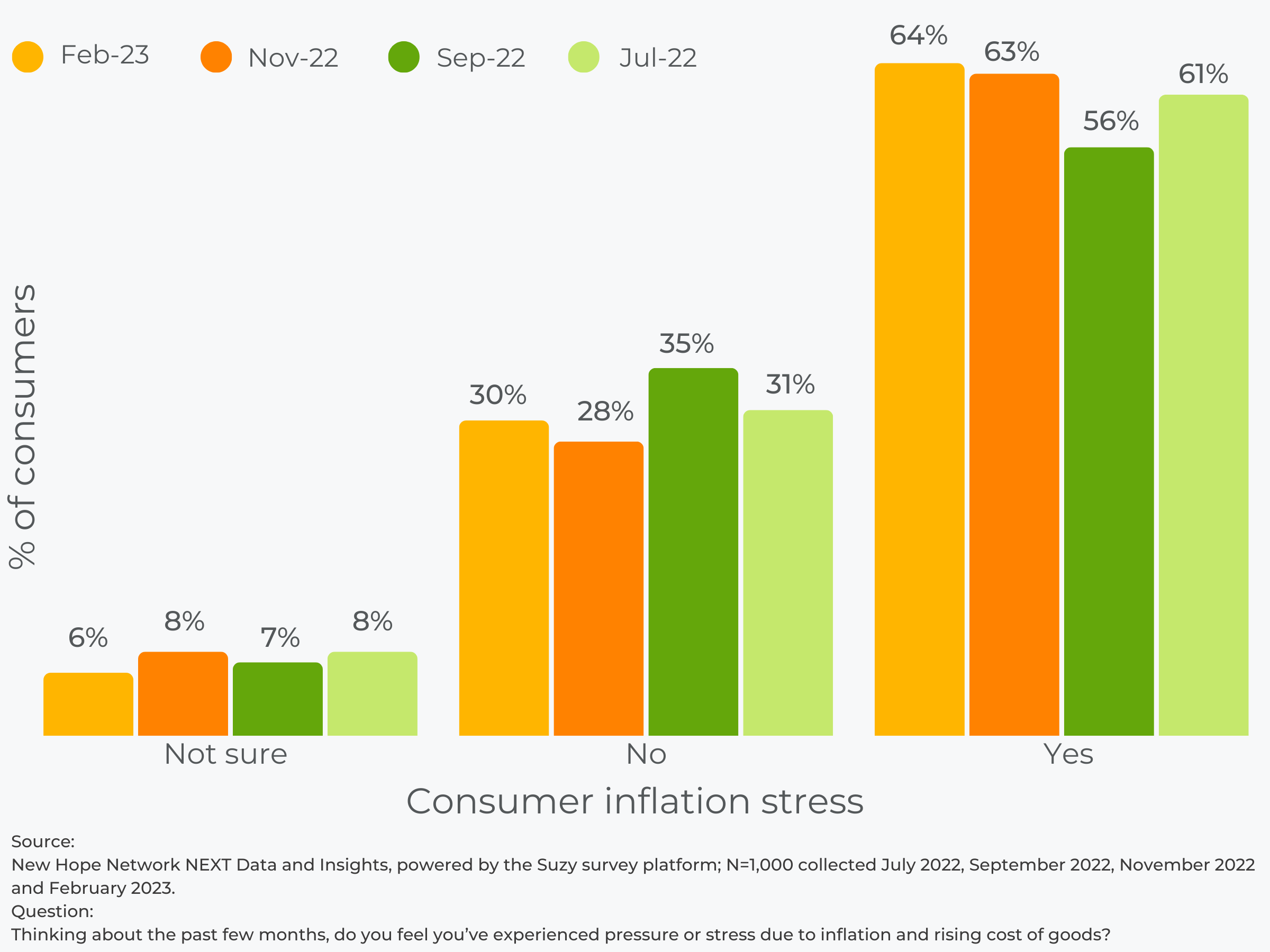Macro market dynamics boost gut health product opportunities:
Top 10 Biotics Opportunities to Accelerate Microbiome-Enhancing Foods, Beverages and Supplements
Insight: January 2024
Share:
The COMET team of microbiome experts has scoured and crunched the data to present four, relevant and prevailing MACRO MARKET TRENDS that draw out what we see as the TOP 10 BIOTICS OPPORTUNITIES waiting to be tapped in food, beverage and supplement development for the year ahead:
Product marketers should be keen to recognize that while today’s consumers are enamored with dramatic weight loss effects of Ozempic (and similar) drugs available, prebiotic fibers can also plug into the conversation with improved insulin responses and appetite regulation.
If brands are not clued into Gen Zers yet, they should be, as this group will surpass Millennials as the largest consumer base in the U.S. by 2026.
Women have unique needs through their many ages and stages in life, including menstrual and vaginal health, conception, pregnancy, menopause and more needs that shift on a monthly or mid-monthly basis.
Cost-effective products that deliver multiple, synergistic benefits, whether actual or perceived, is the name of the game on this trend.

MACRO MARKET TREND:
OFFER AN OZEMPIC ALTERNATIVE
Obesity Rates Continue to Climb
Over 750 million individuals worldwide including about 42 percent of American adults are obese.* Even more are dealing with metabolic syndrome disorders including type 2 diabetes, heart disease and stroke.
Despite an abundance of products and diets on the market, maintaining long-term weight loss is unachievable for most individuals. This along with skepticism over BMI’s relationship to overall health, has led some individuals to ditch diet culture in favor of a “health at every size” mindset.
Nonetheless, demand for weight loss solutions is still high as obesity-related illnesses incur billions of dollars in health care costs each year in the US.**

Sources:
The Ozempic Effect is Intoxicating
Given the need for effective weight loss solutions, significant research investments have been made to find alternatives beyond diet and exercise.
This has led to the development of incretin-based therapies, which include the GLP-1 drugs Ozempic, Wegovy and Mounjaro.
The drugs mimic a glucagon-like peptide that regulates appetite in the brain, leaving people feeling satiated for hours. The drugs have proven to be incredibly successful in promoting weight loss leading to high consumer demand.
1.7%
of Americans were prescribed a semaglutide drug in 2023*
Studies have found that all GLP-1 drugs can lead to weight loss of about 10.5 to 15.8 pounds**
of the U.S. population may be taking GLP-1 medications such as Ozempic by 2030***
But Will It Last?
While CPG food manufacturers and retailers, including Walmart, are nervous that weight-loss drugs have reduced food consumption, these medications are likely not a sustainable weight-loss option for most Americans.
The cost is out of reach for many as Ozempic and other GLP-1 drugs can list at $900 or more per month.
In addition, questions remain concerning the drugs’ long-term effects on the body, in particular the GI tract. By constantly signaling to the brain that the body is full, peristalsis (rippling GI waves that push contents through the gut) is slowed, thereby disrupting the body’s natural digestion process.
of GLP-1 drug users stopped taking the medication after year one
WHY?
Expense (70% of Americans surveyed indicated they can not afford Ozempic), weight loss plateaus, and supply shortages contribute to short-term use*
#1 Biotics Opportunity: There’s a Food for That
Love them or hate them, Ozempic and GLP-1 drugs have proven to be a massive success. They have shown that consumers are not only interested in but willing to pay large amounts of discretionary income for products that provide tangible results.
The news may sound like a door closing—quite the opposite. Many new doors have swung open for product developers who seek to capitalize on the opportunity by building complementary products to enhance and accelerate the impact of GLP-1 weight loss.
However, one drug will not cure the obesity epidemic. Nor does everyone want to take a pill or shoot a serum into their veins.
The space is wide open for other biotic foods and drinks to appeal to consumers’ interest in mechanisms other than glucagon-like peptides that regulate appetite in the brain, improve insulin responses and improve satiety — or a feeling of fullness — well after a meal is consumed.
Prebiotic fibers are in an ideal position to leverage this opportunity as they can improve insulin responses and satiety or a feeling of fullness after a meal. When bacteria ferment prebiotic fibers in the large intestine, it leads to the release of not only GLP-1 but also another crucial appetite-decreasing hormone known as PYY (peptide YY). These smaller molecules can independently suppress appetite and are associated with lower body weight and improved glucose regulation. Because the additional release of GLP-1 and PYY takes place hours after a meal, it effectively reduces cravings between meals and diminishes the overall desire to eat during the subsequent meal.
It’s important to note that not all fiber is equal or can provide these benefits. To boost satiation hormones, you need to eat fiber that bacteria can digest, i.e., prebiotic fibers such as beta-glucan, arabinoxylan and oligosaccharides.
Supergut is a gut-health brand marketing prebiotic snacks, meal replacements, and add-to-anything powders that boost gut hormones like Ozempic to control appetite.
In a study, researchers found that Supergut shakes improved metabolic health, digestion, and health-related quality-of-life scores like sleep, mood, and energy levels. With that, it is fair to say that biotics products have the potential to provide a more natural and sustainable solution to promote metabolic health and weight managemen.
#2 Biotics Opportunity: Democratizing Weight Loss
GLP-1 drugs have proven what many have long suspected — biological factors beyond willpower, diet, and exercise have a profound effect on weight management.
Until insurance companies adjust policies to cover appetite control medications for all ages and audiences, the door remains wide open for those manufacturers who can design affordable, high-value, and lower-cost alternatives to support metabolic health.
The biotics industry is in a prime position to tap into this paradigm shift and market how the microbiome plays a role in metabolic health.
Biotics supplements can be positioned as natural and cost-effective ways to support metabolic health. Compared to GLP-1 drugs, they cost only a fraction of the medication and do not require a prescription from a doctor.
 Scientists are also continuing to gain a deeper understanding of how metabolism is affected by the gut microbiome.
Scientists are also continuing to gain a deeper understanding of how metabolism is affected by the gut microbiome.
Studies suggest that the microbiome has properties that modulate energy balance and may mediate some environmental factors that influence metabolic balance, both of which have important implications for metabolic health and obesity.
Certain probiotic strains, such as Akkermansia muciniphila, are known to positively affect metabolism.
For example, Pendulum is marketing its Akkermansia muciniphila product as a targeted solution to support: “beneficial postbiotics and hormones, such as butyrate and GLP-1, which help maintain blood sugar levels.

MACRO MARKET TREND:
MAKE BELIEVERS OUT OF GEN ZERS
Understanding This Audience
By 2026, Generation Z will surpass Millennials as the largest consumer base in the U.S.*
Between the ages of 12 and 27 in 2024, Gen Zers are entering their prime spending years making them crucial customers for brands. It’s important to identify what resonates with Gen Z and how the generation is unique.
To deliver on this, COMET’s own Gen Z Marketing Coordinator, Taylor Jelley, reports on key preferences and characteristics of consumers in this age group.

Taylor Jelley
Marketing coordinator
Generation Z consumers have the highest purchase rate of immunity-boosting and gut health food and beverages.*
say they view healthy eating as an integral part of both their physical and mental health.**
Holistic Approach to Wellness
Gen Z embraces a holistic approach to wellness, recognizing the interconnectedness of physical and mental well-being.
They understand that a thriving gut is a foundation of good health and gravitate towards products that contribute to comprehensive well-being.
Digital Natives
Gen Z is the first generation to grow up as complete digital natives. Raised in an era where Google has always been available, Gen Zers have become adept information sleuths, endlessly seeking more input.
TikTok has played a large role in providing constant access to trending health and wellness knowledge in recent years.
Over half of Gen Z women prefer using TikTok as a search engine over Google due to the video format, relatability, and personalization of results.* Biotic marketing efforts focused on Gen Z should meet them where they are on the platform.
of Gen Z adults turn to social media platforms for health-related purposes either all the time or often*
of Gen Zers prefer real people in ads over celebrities, and 63% say they trust influencers more than traditional celebrities**
of Gen Z shoppers say that social media influences their purchasing choices***
#3 Biotics Opportunity: Engage Gen Z with Transparency
Expectations from brands have evolved, and transparency and disclosure are critical. Share detailed information about a product’s ingredients, sourcing, and manufacturing processes to satisfy their curiosity and build trust.
Ritual makes it incredibly easy to find the supplement facts, study findings, and ingredient information on their website and in the marketing materials they include with their product packaging (see below).
Brands can also build loyalty by demonstrating alignment with their socially conscious values. Engage with meaningful causes that resonate with both your brand’s mission and the Gen Z audience to strengthen these consumer connections and foster lasting support from this consumer group.
Made Traceable
Boldly sharing the journey behind our ingredients, our products, and our future.
#4 Biotics Opportunity: Embrace Gut Tok
As TikTok has taught us, visually appealing short-form content catches the eye of Gen Zers. In the microbiome space, youthful soda brand, Olipop – a new kind of soda made with plant fiber and prebiotics — has a whopping 316.9K followers on TikTok, and has seen great success on this platform. Their casual and trendy videos are so entertaining, and the content is so organic, that they hardly come across as ads.
This blog post from Fohr says it best “They film and edit all the videos on their phones, making it as lo-fi as possible, staying true to what works on the platform. An ad that you forgot was even an ad at all. Olipop has turned to more ‘product placement’ videos than ‘Olipop-dedicated videos.’”
Further, their attention to trending content encourages new and creative ways to enjoy their carbonated beverage such as recipes like the Crisp Apple Mocktail and Cream Soda Iced Coffee, both of which come through as perfectly delicious and swoon-worthy to this audience.
#5 Biotics Opportunity: Encourage User-Generated Content
User-generated content serves as social proof to Gen Z peers, boosting brand perception and attracting new potential customers. features select products.
For example, Rae — a supplement provider focused on pure and powerful supplements made to help you shine — strategically invited any consumer to sign up to partner with them, strategically engaging both influencer marketing and user-generated content all at once.

MACRO MARKET TREND:
FormulatE for Women ACROSS AGES & Life Stages
Creating a Single “Women’s Formula” Doesn’t Cut It
Women are developing a more open, honest, proactive and holistic approach to managing their reproductive health than ever before. Gone is the embarrassment, taboo conversation and whispering surrounding vaginal health and reproductive health discussions, opening possibilities for brands to provide a more personalized women’s approach. To do so effectively, it is imperative to acknowledge women’s unique needs and the variability of those needs throughout their lives, with shifts occurring even throughout a monthly ovulatory cycle. Product development can follow suit and offer specific benefits and applications.

Women are Unsatisfied with Menstrual Health Treatment
Women’s vaginal health and menstrual cycles are highly personal experiences that can profoundly affect their quality of life.
For individuals with gynecological conditions, such as endometriosis and polycystic ovarian syndrome (PCOS), symptoms like heavy bleeding, severe pain, and irregular cycles can be debilitating.
Nearly 9 in 10 women report mental health issues such as depression, anxiety, and mood swings according to a Wellbeing of Women survey with 3,000 UK participants. The study also highlights dissatisfaction with menstrual healthcare options, with almost 60% facing challenges in accessing proper treatment and over 50% feeling their concerns are not taken seriously by healthcare professionals.
Millennials Need Fertility and Maternal Health Support
Millennials, referring to adults ranging in age from 28 to 43 in 2024, are having children later in life than their parents and younger generations are likely to follow a similar trajectory. While there are financial and emotional advantages to having children later, increased fertility and maternal health challenges may also arise for some women later in their reproductive years.
About four in ten US adults (42%) now say they have used fertility treatments or personally know someone who has. Given that fertility treatments such as IVF can range from $15,000 to $30,000 a cycle, interest in nutritional supplements that could potentially support a mom’s health and/or treatment success is compelling.
Trends show that new moms are looking for increased support not only during preconception and pregnancy, but also in optimizing outcomes for both mom and baby post-partum.
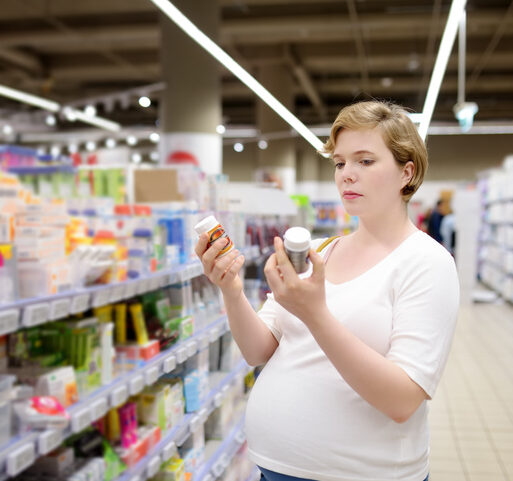
Gen X Wants Natural Solutions to Manage Menopause
Generation X, which applies to adults ranging in age from 44 to 58 in 2024, is redefining proactive healthy aging strategies to ensure their well-being for years to come. For this group of women, openness about age-related health topics like menopause is far more common than older generations.
However, despite being more open about menopause, many still feel unprepared and unsure of how to manage symptoms. Whether or not to take hormone replacement therapy can present a significant challenge. While these treatments can alleviate troublesome symptoms such as hot flashes and night sweats, conflicting research in recent years about its potential links to health problems like breast cancer, dementia, and heart attacks has created confusion. As a result, more Gen-X women are seeking natural solutions to manage their hormones during menopause.
of women report knowing how to care for themselves during perimenopause before it started and 92% say more education is needed about the menopause journey*
of women say that consuming dietary supplements with specific health benefits is the best way to support hormonal imbalances, including those relating to menopause**
average annual growth between 2018-2022 in supplements launched globally with ‘menopause’ in the product descriptions***
Sources:
*Lightspeed/Mintel, November 2019
**Bonafide, The State of Menopause, 2022
***Kerry proprietary consumer research – Fortified & Functional, 2022.
#6 Biotics Opportunity: Innovate Women’s Health Products
While there is no one-size-fits-all solution when dealing with vaginal and menstrual health, there is potential for products to manage and ease symptoms across ages by supporting gut microbiome diversity. These results point to the opportunity for biotic brands to promote their products as a natural complement to medical treatments for women’s health.
When creating products, biotic brands should consider formats beyond the predictable categories of tea and vitamins/minerals/supplements. Prebiotic fibers and probiotics blends can expand products catering to women’s health into protein powders, bars, yogurts and even dessert categories.
#7 Biotics Opportunity: Support Maternal Health Across the Spectrum
Despite the considerable spending power of millennial mothers and market opportunity, launches with a maternal claim are currently scarce, according to Mintel’s GNPD.
Just 2% of global food, drink, vitamin, and dietary supplement launches in the five years ending in 2023.
Below are examples of how biotic brands can create products to support maternal health throughout preconception, pregnancy and postpartum.
Taking a probiotic has been shown to increase the proportion of healthy bacteria in the vaginal microbiome, which has relevance across the entire maternal spectrum.
When moms include pre- and probiotics in their diet, this can help develop a robust gut microbiome, which has potential to support moms cross digestive comfort, immunity, morning sickness, and much more, which can all support a healthy pregnancy.
Recent studies have unveiled that the addition of probiotic supplements might play a role in diminishing the likelihood of experiencing post-partum depression and anxiety, supported by a healthy gut and what’s known as the gut-brain connection.
Pink Stork Postpartum Probiotic

MACRO MARKET TREND:
Appeal to consumers DRIVEN BY PERCEIVED VALUE
Inflation is Still an Issue for Consumers
Two-thirds of consumers express stress about inflation, a sentiment that has remained remarkably consistent since mid-2022, despite fluctuations in the data. In July, when inflation was recorded at 9.1%, 61% of consumers reported feeling stressed. Even in February 2023, as inflation decelerated to 6.4%, 64% maintained that they were still experiencing inflation-related stress.*
Source:
*New Hope Network NEXT Data and Insights, powered by the Suzy survey platform; N=1,000 collected July 2022, September 2022, November 2022, and February 2023
Supplement Prices Rose and Sales Growth Has Slowed
Inflation has made its mark on the food supplement industry, leading to notable changes in retail prices across various categories Additionally, inflation’s ongoing influence on post-COVID supplement sales is evident, with a notable cooling in growth. E-commerce sales for supplements experienced a remarkable surge of 87.3% in 2020 during the peak of the COVID pandemic, and while the pace was described as slowing down, it still demonstrated impressive growth at 30% in 2021.
Analysts in the industry foresaw a sustained shift in consumer behavior, anticipating continued strong growth in the channel, albeit at a more normalized rate. However, consumer behavior took a substantial turn in 2022, with growth unexpectedly dropping to 5.7% from the previously projected double-digit figures.*
Source:
*Nutrition Business Journal ($mil, consumer sales)
#8 Biotics Opportunity: Offer Cost-Effective Solutions
As rising costs due to inflation become a concern, consumers are naturally seeking more cost-effective options across various categories, including supplements.
Consumers are showing a preference for downgrading within the supplement category rather than discontinuing use altogether, choosing store and value brands.
Working with private label in-store packaging may provide a lower-cost to market opportunity that can uplift slowing sales.
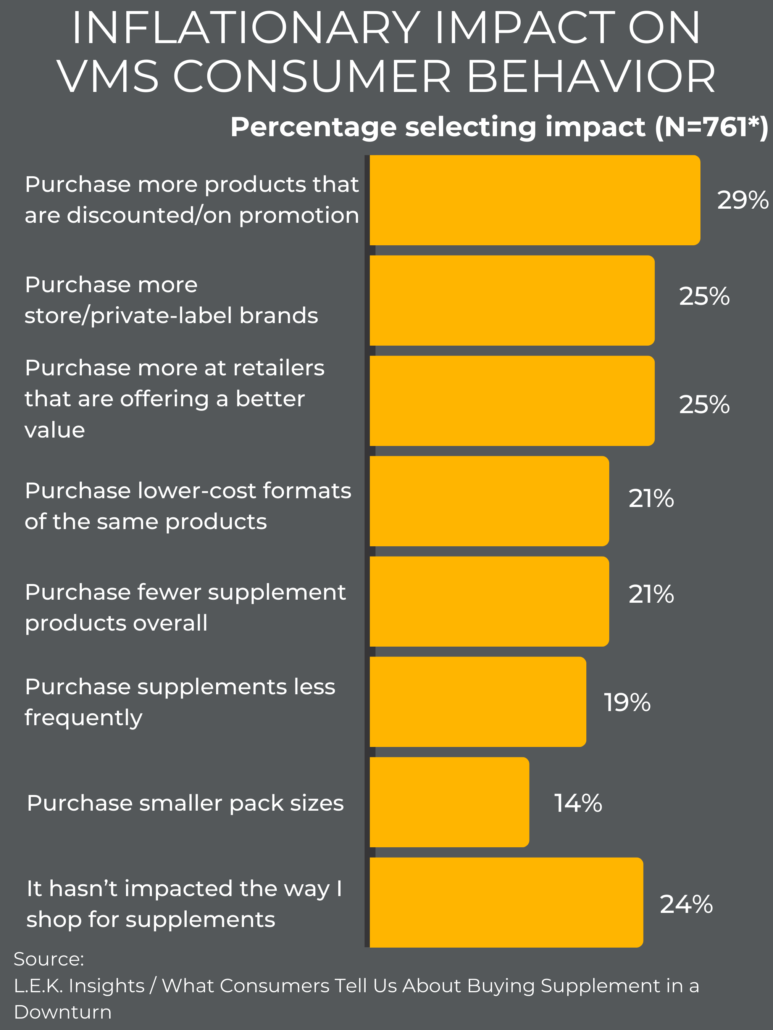
#9 Biotics Opportunity: Increase Product Appeal with Built-in Synergistic Health Benefits
Inflated prices don’t signify a decline in consumers’ commitment to their well-being, but they do emphasize the importance for brands to offer more value than ever before. With the ongoing rise in inflation, this strategy becomes a clever way to provide consumers with enhanced value precisely when it is most needed. One winning strategy is introducing products with multiple functional benefits, such as AG1. This greens powder supplement offers the benefits of multiple supplements, including probiotics, in a single product. This not only enhances customer convenience but also translates into long-term savings.

#10 Biotics Opportunity: Capitalize on Consumers’ Waste-Conscious and Environmental Values as a Driver of Product Choice
Value can also stem from a formulation’s environmental attributes by incorporating regeneratively grown or upcycled ingredients, and thereby contributing to a more sustainable and eco-friendly product profile.
Biotics companies should consider swapping in sustainable ingredients rather than merely“greenwashing” a product to look more sustainable through packaging.
According to a recent life cycle analysis by PLANT FWRD, recycled packaging has little to no impact on a product’s carbon footprint compared to the significant benefits of swapping in more sustainable ingredients.
Results from PLANET FWD demonstrate that replacing chicory root inulin for COMET’s Arrabina Upcycled Prebiotic Fiber in a cereal bar formulation markedly reduces the product’s carbon footprint.
The carbon footprint was measured as the value of greenhouse gasses emitted associated with making a specific quantity of that ingredient.
Swapping recycled PET containers was not shown to have a significant impact.

Source:
This comparison references Product LCA cradle-to-gate analysis conducted by Planet FWD on November 2, 2023 and has been reviewed for comparable units of analysis, scope, and methodology.
Be the first to receive info on our latest research
and advancements in the prebiotic market.
ABOUT tHE author
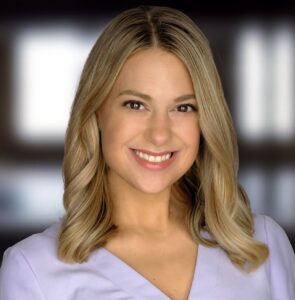 As a Registered Dietitian, Hannah Ackermann uses her expertise to drive COMET’s nutrition strategy and educate consumers. Hannah oversees COMET’S marketing and communications, including providing insights on market research and consumer trends.
As a Registered Dietitian, Hannah Ackermann uses her expertise to drive COMET’s nutrition strategy and educate consumers. Hannah oversees COMET’S marketing and communications, including providing insights on market research and consumer trends.
Before joining COMET, Hannah worked in nutrition marketing at leading global market research and public relations firms. Hannah holds Bachelor’s degrees in Nutritional Science and Journalism, and a Masters of Business Administration in Marketing.
ABOUT COMET
The vast majority (90%) of Americans are falling short of their dietary fiber needs despite growing awareness of its many health benefits. Food manufacturers have yet to find the perfect fiber ingredient – one that is natural, functional, and versatile – to fill the 2-million-ton annual fiber gap in the US alone.
Meanwhile, nature’s best dietary fiber, arabinoxylan, has laid dormant in plant materials left behind and processed out of our modern food system. Arabinoxylan is an exceptional soluble dietary fiber with clinically proven prebiotic health benefits and superior tolerance in the gut.
Only COMET has the patented upcycling technology needed to unlock arabinoxylan’s full potential and make it available in our proprietary line of Arrabina prebiotic dietary fibers. ARRABINA’s versatility makes it easy to add the clinically proven benefits of arabinoxylan to ANY food/beverage/supplement application and help close the fiber gap.

